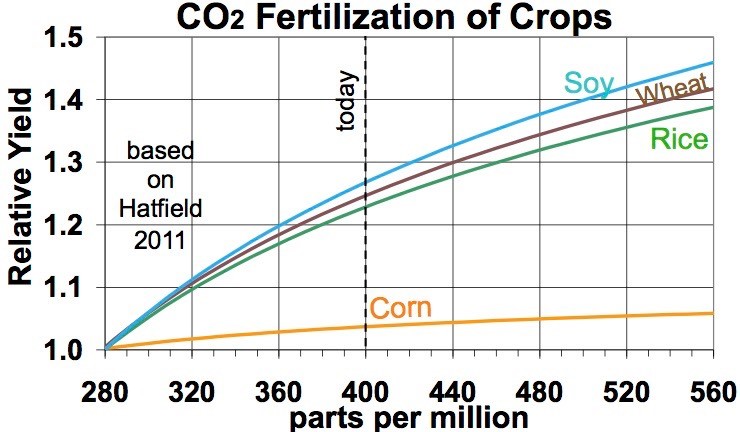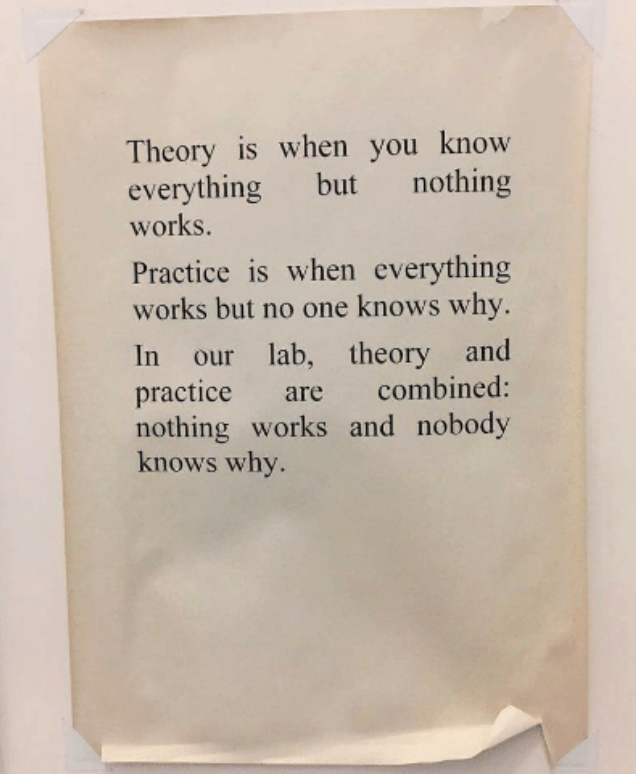
We are carrying the ball forward from last week’s post that delivered hoards of historical climate data. If you didn’t see it, check it out because I guaran dam T you will find things you didn’t know – like the fact that the Earth has almost the lowest concentration of CO2 in hundreds of millions of years. That was a surprise!
This subject started with a paper from the Institute of Energy Research (IER),[1] CLIMATE POLICY The Case for a New Perspective, which I had barely skimmed, and the super heatwaves in the Northwest. The IER paper provides credible information – the climate is warming, forest-management swamps climate change in terms of wildfires (as I wrote last week), and an IPCC (Intergovernmental Panel on Climate Change) report states there is inconclusive evidence of more floods or droughts worldwide.
Resilience
Earlier, IER wrote, with my redline, the following: It seems virtually eEvery extreme weather event (or any extreme event that can be related to weather) is cited as proof we are already witnessing a climate crisis.
Here I stopped and thought to myself; the planet seems to be as resilient as a puking dog (at least Labradors). They can inhale anything and contort themselves to expel anything, like a pair of scissors or a set of steak knives, for example. It’s unbelievable.
Did you know that July 5, 2021, marked a new record stretch of no EF5 tornadoes (the strongest) in the US? The last one hit Joplin, MO, in May 2013, and there hasn’t been a reported one since then.
IER reports that since the depths of the last ice age 20,000 years ago, sea levels have risen 400 feet, over five feet per century, before leveling off to where they are today. The difference in sea level must be almost entirely due to ice piled deep on landmasses during the ice ages. They report in the last 140 years that the sea level has risen about ten inches.
Benefits of CO2 include longer growing seasons, milder winters, and greater agricultural productivity as CO2 is a “potent fertilizer.” Here is a chart from a site that looks legit. You might want to check that out for the greenest choices at the table.
Extreme Complexities
Measuring the impact of CO2 on heat entrapment in a lab is one thing. From there, with respect to the planet, feedback and storage mechanisms increase the complexity by a million-x or more. Ice sheets melt to increase solar energy absorption. Atmospheric water vapor, a potent greenhouse gas, increases. Permafrost melts to release methane, an even more potent greenhouse gas. Cloud formation increases, but this effect is poorly understood. Clouds are like a mylar blanket. They reflect radiation from the sun but trap heat from the other side. Clouds are great because they keep us warm in the winter and cool in the summer. Sun is lovely, except when it is 114°F or minus 27°F outside.
From there, temperature change due to CO2 with all poorly understood interactions, we move on to the impacts of temperature change on earthly life. That’s what last week’s post was about. It hasn’t resulted in anything spectacular thus far, but past results do not guarantee (or even predict) future results.
IER reports that the IPCC uses 29 climate models, all of which are constantly tuned for being wrong. They haven’t worked in hindcast. Averaging them together doesn’t fix things – i.e., the errors are not random. They are slanted to over-predict warming per the following chart produced by former NASA scientist John Christy, who has a list of credentials that fills a page. Temperatures are on the rise, but not at the pace suggested by the models.
Adaptation
Next, the paper introduces the subject of adaptation. We’re not dumb. Engineers design for vibration along tectonic fault lines, per code. We design for sustained hurricane-force winds in tropical coastal areas, per code. In recent weeks, hundreds of dump trucks with loads of sand passed my office window on their way to elevate a parcel of land set for development above a flood plain in La Crosse. Are these things motivated by climate change risk? Maybe to some extent, but my guess is simple lessons learned and risk mitigation. What are the costs of these mitigation strategies compared to the cost of decarbonization?
IER concludes the world is getting warmer, and sea levels are rising, but there is no distinct long-term trend of increasing droughts, floods, hurricanes, tornadoes, etc., yet [my emphasis].
Nobody Knows Nothin
My advice: think like a scientist. “Nobody knows nothing,” said John Bogle, founder, Vanguard Group. And finally, consider the following, author unknown.
 Bonus: Why Was It So Hot?
Bonus: Why Was It So Hot?
I have a Quora account. Quora is a question and answer site, and it allows users to get notices on specific topics. I chose climate change. There are thoughtful contributors who provide interesting information, and there are bloviating bomb-throwers on the site. One geophysicist on the site states the gravitational pull of Jupiter lapping Saturn every 20 years messes with Earth’s elliptical orbit of the sun, resulting in super heatwaves this year.
Mindblower: the Earth is a little more than 3 million miles closer to the sun in January than in June! Check it out with the Farmer’s Almanac. But, the tilt of the axis dominates season change, of course. The geophysicist says the Saturn/Jupiter thing has us closer to the sun during aphelion (furthest from the sun), which occurred on July 5, 2021.
[1] IER is not a fan of renewable energy, electrification, or storage, from cost, reliability, and in some cases, environmental reasons.



 Bonus: Why Was It So Hot?
Bonus: Why Was It So Hot?




Thank you Jeff. Nice bit of research, analysis and writing.
Thanks, Paul – good to hear from you!